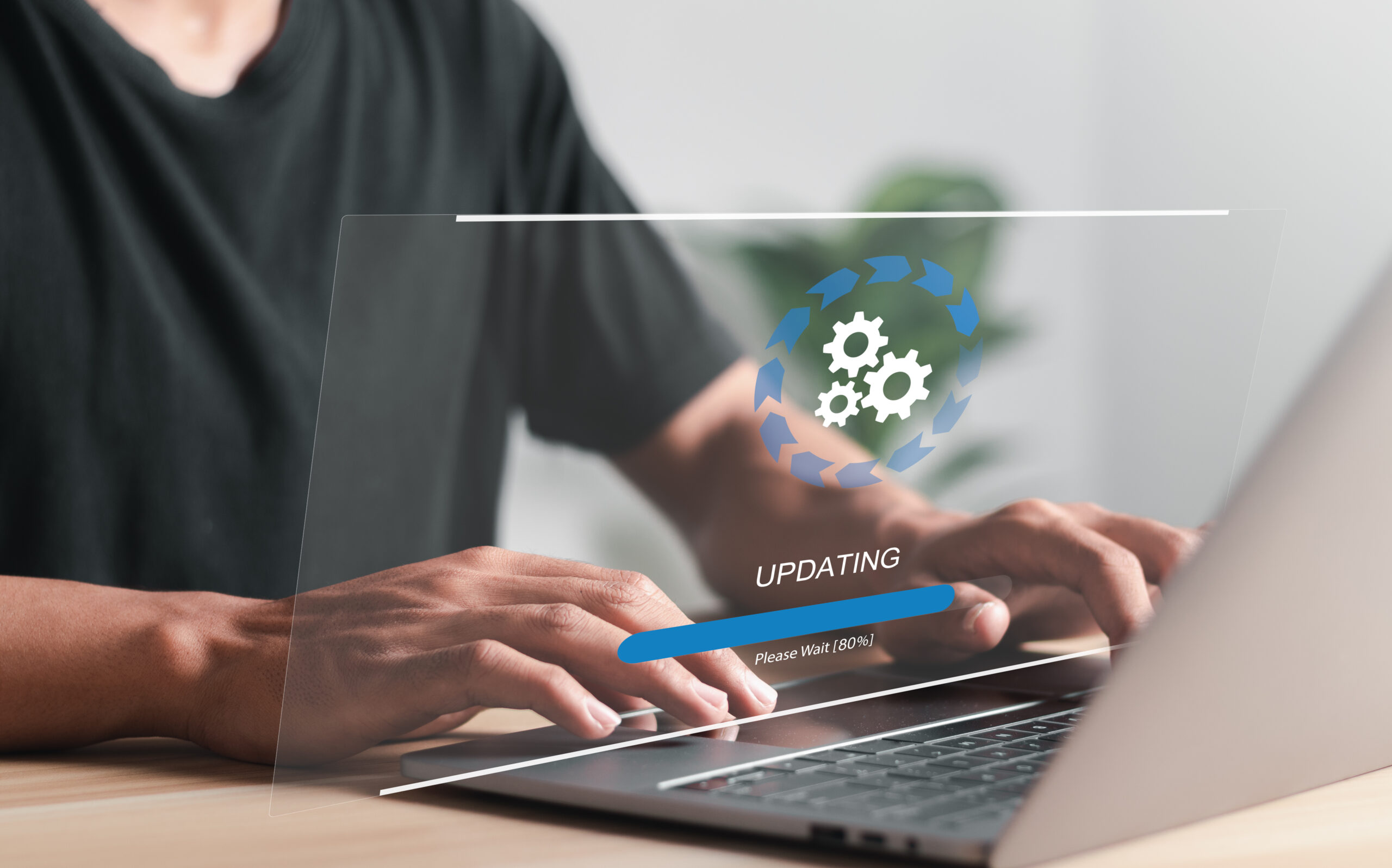The loan servicing industry is continuously changing, driven by technological advancements, shifting market dynamics, and changing consumer expectations. As professionals in this field, it is crucial to stay ahead of the curve and adapt to emerging trends to remain competitive and meet the evolving needs of borrowers in 2023 and beyond.
Digital transformation isn’t just a buzzphrase but a fundamental shift in how loan servicing professionals approach their work. In the coming years, customer experience will be the linchpin that sets successful servicers apart.
Borrowers today expect more than just loan disbursement and repayment. They seek an end-to-end digital experience that is convenient, intuitive, and tailored to their needs. This includes user-friendly online portals, mobile apps, and chatbots facilitating seamless communication.
Companies like Chase and SoFi have already introduced user-friendly apps that allow borrowers to track their loans, make payments, and receive personalized financial advice. These innovations enhance customer satisfaction, reduce operational costs, and streamline communication.
The power of data analytics and artificial intelligence (AI) is reshaping portfolio management, risk assessment, and interactions with borrowers. Predictive analytics, powered by AI and machine learning, enable loan servicing professionals to identify potential defaults before they occur. AI models can even predict which borrowers are more likely to default and allow servicers to intervene proactively with modified repayment plans.
Moreover, AI-driven platforms, like the one employed by Wells Fargo, provide borrowers with quick, accurate responses to their inquiries, reducing response times and improving customer support. These technological advances enhance efficiency, reduce risks, and empower professionals to make data-driven decisions. Platforms like Karus provide all-in-one operating systems for lenders and loan servicers that are driven by AI.
Staying compliant with ever-evolving regulations is an ongoing challenge for loan servicing professionals. In the coming years, regulatory compliance will remain a top priority. Regulatory changes, such as updates to data privacy laws (e.g., GDPR or CCPA) and consumer protection regulations, necessitate vigilance.
Loan servicing professionals are turning to compliance management systems that use AI and machine learning to keep abreast of changes and automatically adapt processes to ensure adherence. Additionally, automation tools, like CounselorLibrary, provide real-time updates on regulatory changes and help professionals navigate complex compliance requirements. By embracing these tools, loan servicing professionals can mitigate compliance risks and ensure borrower data security.
Environmental, social, and governance (ESG) factors are gaining traction in the loan servicing industry, with implications for risk assessment, investment decisions, and reputation management. Loan servicing professionals are expected to assess how these factors impact loan portfolios.
For example, consider a lender offering preferential rates to borrowers purchasing energy-efficient vehicles or homes. Such initiatives align with environmental goals and reduce the lender’s exposure to default risk associated with properties vulnerable to climate change.
Institutions like Bank of America [different example?] have incorporated ESG metrics into their lending practices, emphasizing transparency and sustainability. Understanding and integrating ESG considerations will mitigate risks and enhance the reputation and appeal of loan servicing professionals and organizations.
The emergence of fintech companies and peer-to-peer lending platforms has disrupted traditional lending models, necessitating adaptation and collaboration for loan servicing professionals. Non-traditional lending models have created opportunities and challenges.
Professionals are now working with non-bank lenders and managing diverse loan portfolios. For example, online peer-to-peer lending platforms like LendingClub and Prosper have become significant players in the lending industry.
Loan servicing professionals must adapt their processes to accommodate these alternative lending sources, ensuring efficient loan management while adhering to regulatory requirements. Collaboration with fintech partners and a willingness to explore these alternative models can open new revenue streams and diversify portfolios.
The lessons gleaned from the COVID-19 pandemic serve as invaluable guidance as we confront the ongoing recession and endure a challenging economic climate. The pandemic unequivocally highlighted the critical significance of providing borrowers with adaptable loan modification and forbearance solutions when they encounter financial adversity. Throughout the pandemic, numerous loan servicers extended a helping hand through forbearance alternatives and tailor-made loan modification initiatives, coming to the aid of borrowers grappling with financial hardships. In light of these insights, it is imperative for loan servicing professionals to enhance and broaden these assistance programs persistently, ensuring that borrowers continue to receive the essential support they require in times of economic turmoil.
The ability to anticipate, adapt to, and leverage emerging trends will be critical for professionals in the loan servicing field. These trends are shaping the industry’s future, from digital transformation and data analytics to ESG considerations and enhanced automation. By embracing these changes, loan servicing professionals can meet the evolving needs of borrowers and position themselves for long-term success in such a dynamic environment.


